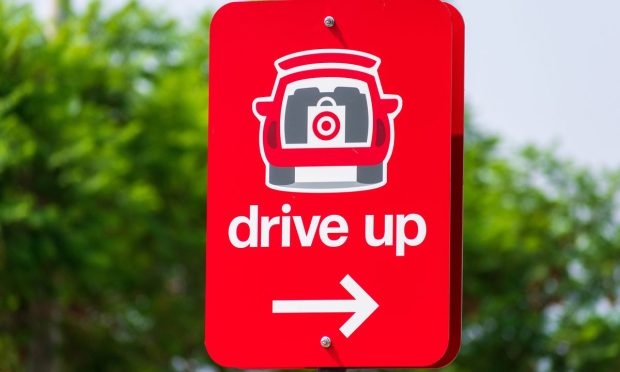Restaurants, Grocers Embrace Voice, Contextual Commerce to Thrive in an Omnichannel World

Restaurants and grocery stores have reached a turning point in their rush to meet consumers’ evolving demands, and the decisions they make now could either set them up for long-term digital success or send them careening toward a crash.
Businesses in the space are getting better and better at figuring out the next big thing, Fiserv vice president of Global Digital Commerce Scott Mackay told PYMNTS in an interview, but they often fail at building out the infrastructure to make it practical.
“As we move forward with … new digital experiences, making sure that there’s a foot in the camp of, ‘How do we do this new innovation while not breaking the existing complex models that are already within the merchant portfolio?’” he said. “It’s going to be a failure to launch if you disregard those major foundation pieces that drive the core economics of the business.”
As an example of a case where digital platforms evolved without first building a strong foundation, Mackay highlighted the short-term strategies that grocers and restaurants turned to early in the pandemic, such as relying too heavily on third-party marketplaces without building out their own order fulfillment capabilities.
PYMNTS’ How We Eat Playbook, created in collaboration with Carat from Fiserv, features data from a census-balanced survey of more than 5,200 U.S. adults about how their shopping behaviors have evolved since before the start of the pandemic. Among other findings, the study revealed that consumers are now 31% more likely to buy restaurant meals for delivery or pickup than they are to dine on-premises and that 72% of grocery shoppers now order groceries online for curbside pickup or home delivery.
See also: Up for Grabs: Restaurants and Grocers See Path to Picking up 200M New Customers
Can You Hear Me Now?
The study also found that 6% of consumers who order restaurant meals and groceries online say they already use voice assistants to shop and pay, and 14% would like to do so going forward.
“As you start to move forward into restaurants … [voice commerce] gets a little bit more complex,” said Mackay, noting that with all the additions, substitutions and individual requests that come with a restaurant order, these purchases can be more difficult to process than buying a single, non-variable item. “We found that in voice commerce, the simple, repeat orders are some of the easiest … but restaurant orders can be somewhat challenging when you go beyond the simple coffee orders and those kinds of things.”
On the other hand, he noted, voice commerce for grocery purchases may be more widely available, since these transactions tend to be more straightforward and easier to fulfill with the current technology.
Voice commerce can be a valuable way for food sellers to engage with their digital customers. Research from the Playbook found that consumers who have shifted to ordering more restaurant food and groceries online are more than twice as likely as non-digital shifters to express interest in using voice-enabled devices to shop and pay going forward.
Reaching Digital Ubiquity
While voice commerce technology may be available to grocers sooner than restaurants, Mackay predicted that the restaurant industry will spearhead other innovations in the space.
“Think of the Amazons, Googles and Facebooks of the world that have tens, if not hundreds, of millions of consumers already interacting with their marketplace or their applications’ [user experiences],” he said, adding that if merchants can leverage these digital ecosystems to guide consumers to their own payment channels, they can “expand their footprint to a whole set of consumers they may not have initially have been able to access.”
Mackay predicts that these sorts of integrations will take longer for grocers, given the dramatically larger number of products in grocers’ inventory relative to the number of items on a given restaurant’s menu. Additionally, he noted, “We already have models in place that are supporting the order management, order submission and completion notification on the restaurant side, where some of that is just evolving on the grocery side.”
Gearing up for the Omnichannel Future
While 2019 was dominated by in-person commerce and 2020 was highly digital, 2021 has given restaurants and grocers a sense of their omnichannel futures, requiring seamless integration of the two.
For example, Mackay believes that restaurant menus will be increasingly digital and interactive and that payment options will expand to include QR code-enabled, pay-at-table options as well as text-to-pay capabilities. Moreover, he predicts that online ordering methods will become more dynamic, powered by the continued improvement of artificial intelligence and machine learning technologies.
“With the omniverse and other things coming down the pipe, there are going to be different digital interaction models,” said Mackay. “I don’t think digital is going away, but what digital means from a consumer interaction is going to change.”
